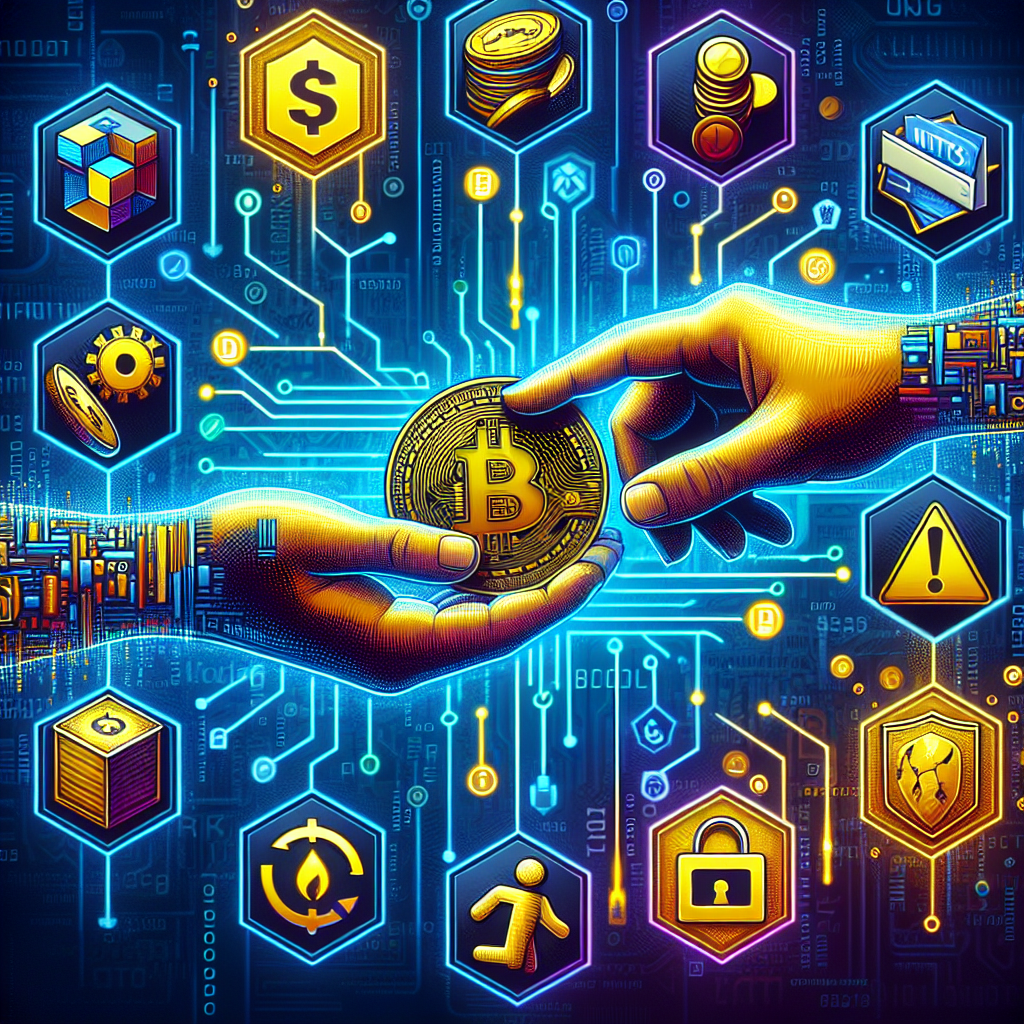Digital art collectors and investors are becoming increasingly concerned about NFT wash trading, a deceptive practice where fraudsters artificially inflate the value of tokens by trading them back and forth among themselves. This manipulation creates the illusion of high demand and can mislead unsuspecting buyers. To combat this issue, some platforms are implementing stricter monitoring measures to maintain credibility and support genuine growth in the digital art market.
In this article, we will delve into the world of NFT wash trading, exploring how it works, why it is disruptive, and what steps you can take to protect yourself as a collector or investor.
### Understanding NFT Wash Trading
NFT wash trading involves a small group of users trading tokens among themselves to create the appearance of high demand. This manipulation tactic boosts the token’s transaction history, making it seem more popular than it actually is. While traditional financial markets have rules against such practices, the regulation surrounding NFTs is still evolving, leaving room for wash traders to operate unchecked.
Another common tactic is exploiting platform rewards, where traders engage in high-frequency trades to earn extra tokens at the expense of other users. This can distort trading volumes and mislead buyers into thinking that certain NFTs are in high demand when they are not.
### Common Tactics and Techniques
Dishonest traders use various methods to make NFTs appear more popular than they are. Some common tactics include using automated scripts to create fake trading activity and exploiting royalties to collect fees with each transaction. By being aware of these ploys, buyers can avoid falling victim to overpriced NFTs lacking genuine demand.
### Impact on the NFT Ecosystem
Fraudulent trading practices disrupt the market and can deter new collectors from participating out of fear of being misled. Genuine creators also suffer as they rely on accurate demand signals for recognition. Additionally, wash trading can lead to illegal activities like money laundering, drawing regulatory scrutiny. This environment of mistrust can hinder the industry’s growth and impede the development of innovative offerings.
### Combating NFT Wash Trading
While some platforms are actively monitoring for wash trading, it is essential to understand how they are addressing the issue. Platforms like OpenSea, Blur, and LooksRare are implementing stricter transaction monitoring and removing suspicious trades from official volume metrics. By excluding manipulative activity from reported volumes, platforms aim to create a more reliable trading environment for honest users.
### Regulatory Landscape and Challenges
Regulators are beginning to address NFT manipulation, signaling a shift towards tighter rules and enforcement. Marketplaces may require user verification or halt trading when suspicious activity is detected. As the community strives for a fraud-free market, stricter standards and regulations could become the new norm to protect investors and maintain trust in the NFT landscape.
### Red Flags and Detection Methods
Buyers should watch out for repeated wallet patterns, where the same wallets trade an NFT among themselves, indicating artificial demand. By conducting thorough research on creators, examining transaction histories, and questioning sudden price surges, buyers can avoid falling prey to wash trading schemes.
### Conclusion
Wash trading in NFTs undermines trust and hinders the industry’s growth. By remaining vigilant, scrutinizing trading activity, and verifying the legitimacy of creators, buyers can safeguard themselves against inflated tokens. While regulatory measures may help curb fraudulent practices, community diligence remains crucial in maintaining a transparent and trustworthy NFT market.

